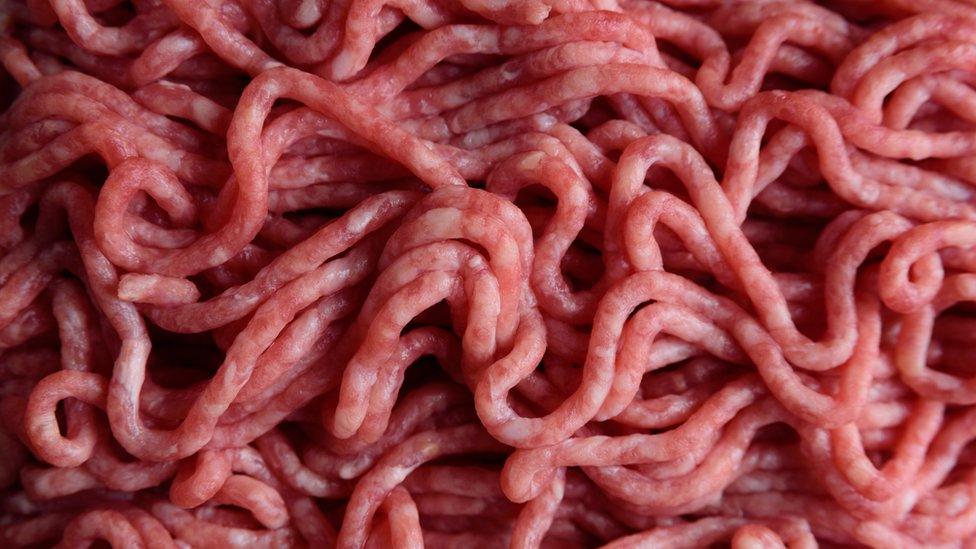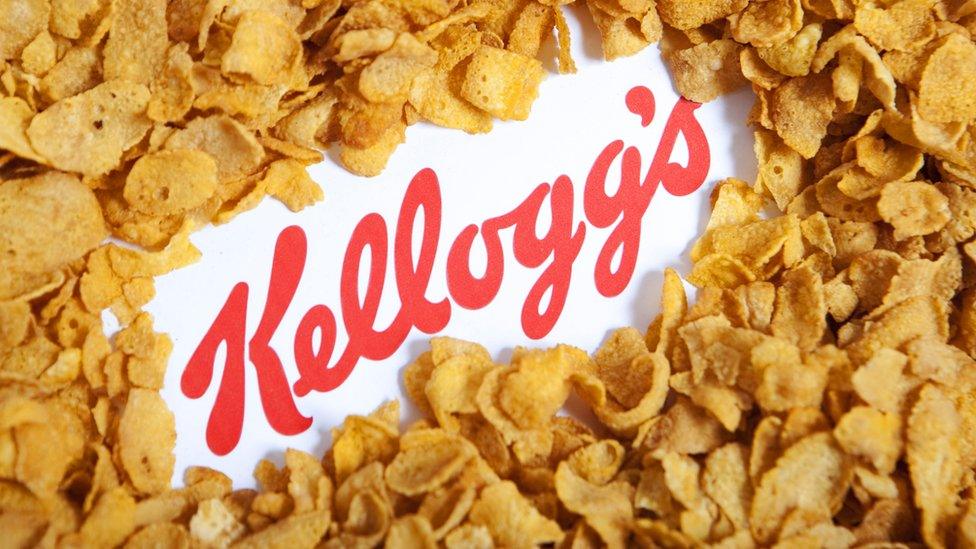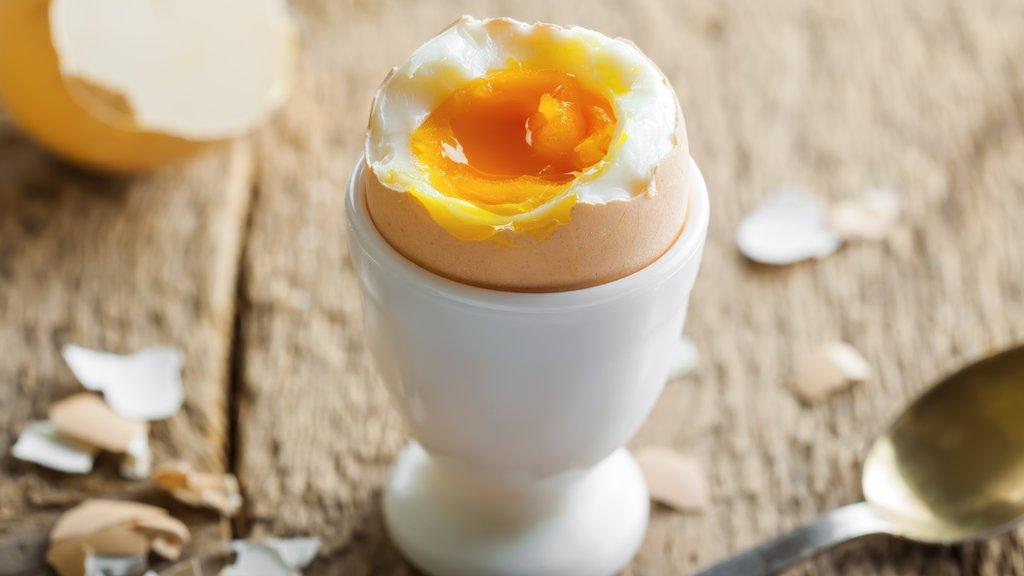Why to be wary of eating 'pink' lamb
- Published

Salmonella food poisoning is normally something that people associate with undercooked chicken or eggs.
But The Food Standards Agency (FSA) is reminding the public that eating some types of "pink" lamb or mutton can also pose a risk.
Since June, 165 people in England have become ill with Salmonella typhimurium bacteria traced back to meat from affected sheep.
Lamb chops and steaks are fine to have pink, but mince isn't, says the FSA.
What is it and what does it do?
Salmonella typhimurium is one of a group of bacteria that typically live in animal intestines and are shed through faeces.
People can become infected through contaminated water or food and may experience "tummy bug" symptoms - nausea, vomiting, diarrhoea and abdominal cramps.
They can also spread it to other people, although keeping good hygiene by washing your hands after using the toilet and before handling food can minimise this risk.
Is it safe to eat lamb?
The FSA says people can still safely eat lamb and mutton. But consumers should be aware of the potential risk of eating it when it is not cooked correctly.
Cooking food at the right temperature and for the correct length of time will ensure that any harmful bacteria are killed. Always check the advice on food packaging and follow the cooking instructions provided.
What about pink lamb?

It depends on how the lamb or mutton has been prepared.
A rare, or pink, lamb chop that has been seared well on the outside should be fine because any bacteria on the outer surface will have been killed by the heat.
But minced or diced lamb or mutton should never be served pink. It needs to be thoroughly cooked and browned.
The same goes for burgers. When meat is minced to make a burger, any harmful bacteria from the surface of the meat can get spread throughout the burger. As a result, rare and undercooked burgers can have harmful bacteria on the inside and may cause food poisoning if not fully cooked.
Meats that should not be served rare:
poultry
pork
offal, including liver
burgers
sausages
rolled joints of meat
kebabs
mince
Cooking tips
Wash your hands after touching raw meat, plus avoid contaminating other food in the kitchen by storing it separately in the fridge and using different chopping boards and knives
When cooking burgers, sausages, chicken, and pork, cut into the middle to check that the meat is no longer pink, the juices run clear and it is steaming hot throughout
When cooking a whole chicken or bird, pierce the thickest part of the leg (between the drumstick and the thigh) to check there is no pink meat and the juices are no longer pink or red
It is safe to serve steak and other whole cuts of beef and lamb rare on the inside, as long as they have been properly sealed by cooking them quickly at a high temperature on the outside
Source: NHS, external
- Published13 July 2018

- Published11 October 2017
